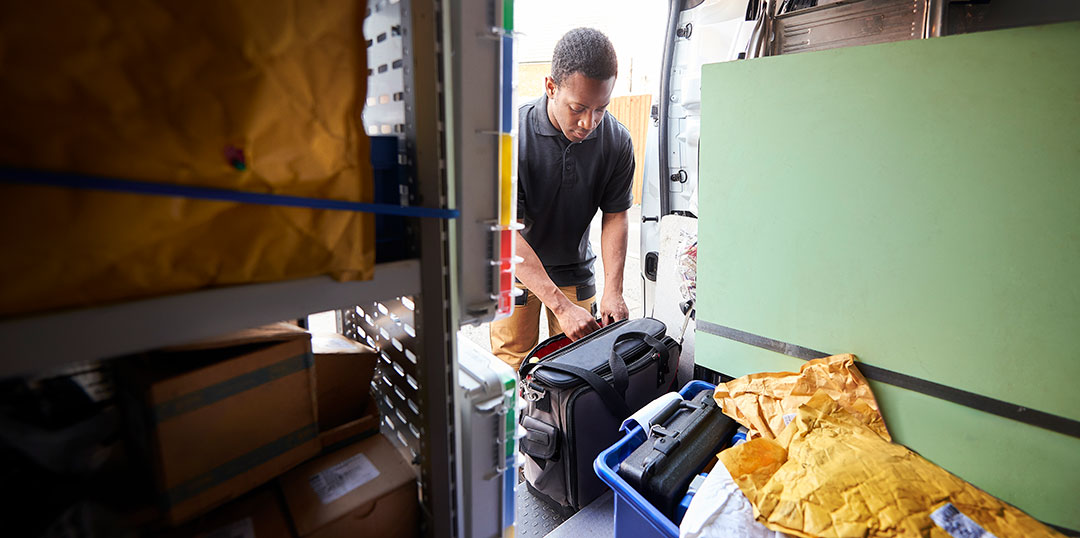Green Homes Grant
The Green Homes Grant is a £2 billion government-funded voucher scheme designed to help with the installation of energy efficiency measures on homes in England to reduce energy bills and carbon emissions.
The voucher of up to £5,000 will cover at least two thirds of the cost of some energy-saving home improvements. Some homeowners on qualifying benefits can get a voucher for up to £10,000 towards the cost of these home improvements.
Low carbon heating including Air Source Heat Pumps, Ground/Water Source Heat Pumps, Solar Thermal and Biomass Boilers are included in the Green Homes Grant scheme as primary measures. To be eligible for a voucher, the low carbon heating must be installed by an MCS certified Contractor who is also TrustMark approved.
The scheme launched on 30 September 2020 and closes at the end of March 2021.
Eligible Low Carbon Heating Technologies
The low carbon heating measures provide renewable ways of heating your home. Those that qualify under the Green Homes Grant voucher scheme includes:
Finding an MCS certified Contractor

If you want to install a low carbon heating measure under the Green Homes Grant, you need to make sure that you use an MCS certified Contractor. You can use our Installer search or find a list on the Simple Energy Advice website.
For advice on how to receive and redeem your Green Homes Grant voucher for your MCS certified Installation, download our handy step by step Consumer guide or watch our quick and easy video below.
MCS and the Green Homes Grant

MCS is a mark of quality for renewable energy installations. An MCS certified Contractor works to our industry standards, highlighting quality and competency.
For a low carbon heating installation to be eligible for a voucher under the Green Homes Grant, it must be completed by an MCS certified Contractor, using MCS certified products who is also TrustMark approved.
Guidance for Contractors
For advice on how to receive payment from Green Homes Grant vouchers, download our handy step by step MCS Contractor guide or watch our quick and easy video below.
Latest Green Homes grant News
Trustmark

For any primary or secondary measures under the Green Homes Grant you must use a TrustMark approved tradesperson in order for your voucher to be eligible.
Simple Energy Advice

The government are signposting consumers to the Simple Energy Advice website which has a Green Homes Grant eligibility calculator and gives an idea of what improvements qualify for a voucher.
